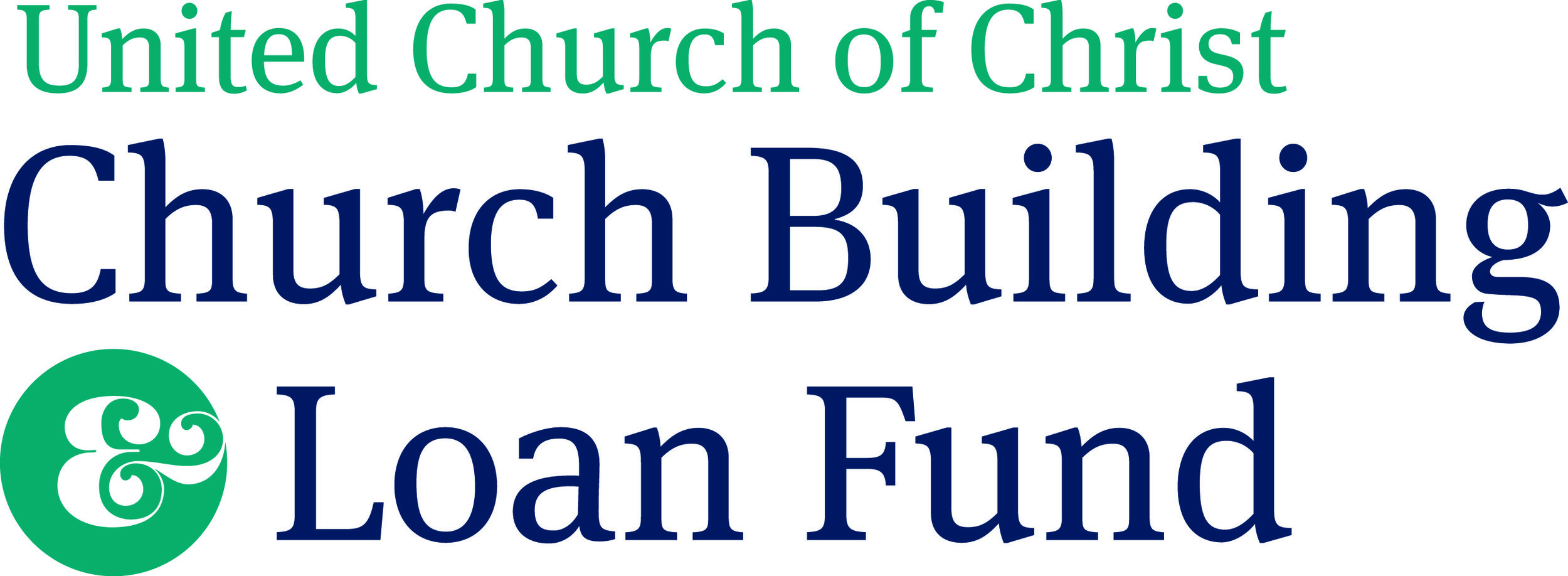The Secret Sauce of Church Underwriting
As seen in the Vital Signs & Statistics blog
by the Rev. Dr. Patrick G. Duggan
In its storied 165-year history, the entity now known as the United Church of Christ Church Building & Loan Fund has endured through many transitions, including at least four name changes. In 1902, then under the name Congregational Church Building Society (CBS), the Fund made its first mortgage loans to churches. For 50 years prior, CBS had developed a track record of success through a grant model; raising funds from established Congregational churches and individuals to build over 2700 new churches in the western and southern frontiers of our young country. Throughout the first 100 years of Fund history, however, there were always many more requests to build than there were resources sufficient to meet the demand.
The increasing demand for church buildings, and especially parsonages, led to the decision by CBS in the early 1870s to create its first loan program, the Parsonage Loan Fund. Thirty years of success with parsonage loans and ongoing demand for new church buildings drove the wise decision to offer mortgage loans for other church buildings. Just 15 years after launching its church loan fund, CBS had increased their total number of churches built by nearly 50% to a total of over 4000 church buildings.
Most banking professionals would wonder how it was possible to offer mortgages to churches since then as now, most churches cannot meet underwriting guidelines. According to the Economic Times, underwriting is “…the critical operation of appraising the credit worthiness of a potential customer and whether or not to offer it a loan. [it includes] the credit history of the customer through their past financial record, statements, and value of collaterals provided, among other parameters.” Using these parameters, perhaps less than 10% of the churches in the early days of the Fund would have been approved for a mortgage. And yet, CBS and other similar church loan funds founded during that era, provided mortgages and technical assistance to build tens of thousands of church buildings.
For CBS, loan repayment rates were as high if not higher than the repayment of loans made by banks to commercial borrowers. Today, CB&LF loan partners maintain a 90-95% repayment rate with very few foreclosures. CB&LF did not have a single church foreclosure as a result of the mortgage loan crisis in the early 2000s.
Has CB&LF just been lucky for all these years? Do church loan funds ignore financial parameters when making loans? Do church loan funds know something that traditional banking institutions do not? Well,” no” to the first two questions, but yes, church loan funds know several things that banks do not.
Firstly, if viewed as an industry, the church universal is older than any banking or financial institution in the history of humanity. Religion overall is the fourth largest investor on the planet today. While banks do not understand it, for over 2000 years, giving has proven to be one of the most durable forms of revenue in existence.
Church loan funds are sophisticated financial organizations that have played a pivotal role in the establishment of Christianity as the largest religion in the United States. In terms of underwriting, CB&LF and other church loan funds use many of the same metrics to assess the financial health of potential loan partners. Some churches are so strong in this regard that traditional banks seek to do business with them. Regardless of financial health, however, every church that applies for a CB&LF loan must meet or exceed certain non-financial metrics that traditional financial institutions may not consider to be important.
When considering a loan application, CB&LF is concerned with experienced pastoral leadership, and highly capable lay leadership. We want to understand how well-integrated a church is in the life of its broader community. Does the church give generously to the broader denomination and to important causes locally and nationally? Is the church concerned with the transformation of lives and the community it serves, and can it point to measurable examples of how the congregation demonstrates this concern? Does the church have a vision for the future, and a vision plan or strategic plan to get there? Are committed volunteers and paid staff a vital part of moving the plan forward? And most of all, does the church have a mission statement expressed perhaps in pithy language, but infused with edgy, forward-pushing, ideas that are fearless in taking on the transformation of creation that Jesus talk about in the Gospels?
The secret sauce of church loan underwriting is an institutional approach to Matthew 6:33, which if Jesus spoke it today would probably say “Seek the economy of God above all else, and live righteously, and God will give you everything you need.”
The Rev. Charles Richards, Secretary of the Church Building Society during its early years of dramatic church loan growth said it best:
“…for all its “business sagacity,” the society was not “an ordinary Building and Loan Association. Its motive and intent are far higher. It is preeminently a missionary society. Its chief concern is not the money and mortgages, the brick and mortar, the site and the architecture. Important as these are, they are but the tools with which to work toward a higher and grander result. It is because they are vitally necessary to the promotion of the Kingdom of God that we concern ourselves with them.” as quoted in the article “Church Building and the Kingdom,” Church Building Quarterly, Oct 1904, 187-91 (191.)
